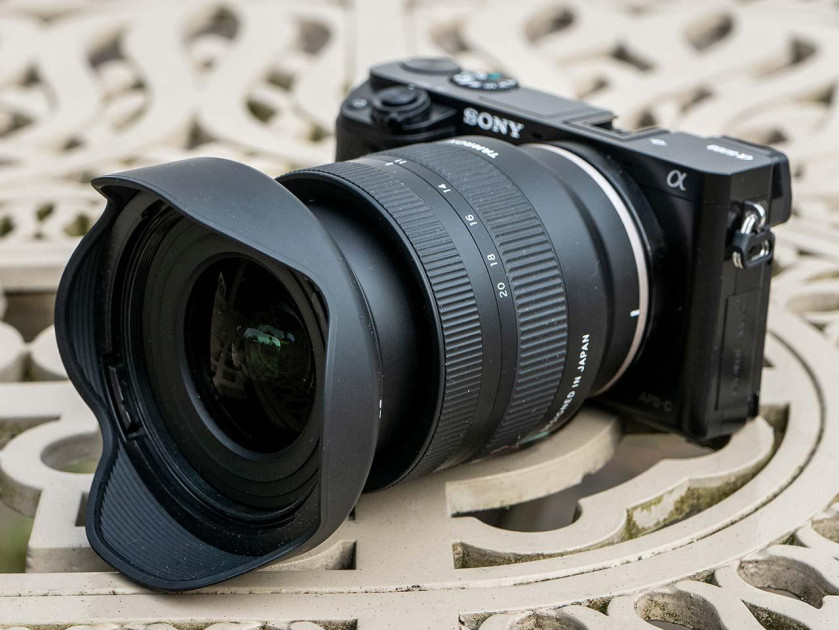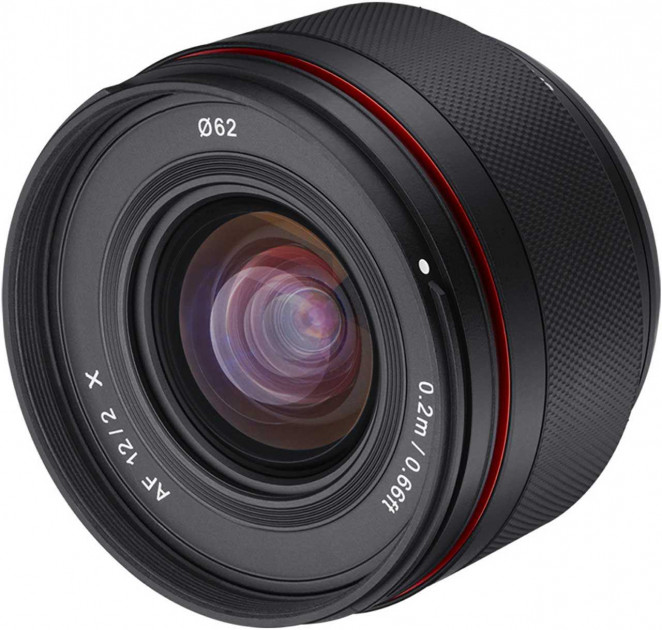It is only a comparison with the roughly 100-year-old archive photographs that reveals the extent of the retreat of Patagonia’s glaciers. Those who look deeper beneath the surface discover that the effects of the man-made, mass displacement have long since influenced the tilt of the Earth’s axis and have, quite literally, unhinged our world. Alfredo Pourailly took his Leica SL2 to places where few have ever been before. He describes his experiences and his commitment with us.
Alfredo Pourailly, in your current project you document the retreat of Patagonia’s glaciers using comparative images from around 100 years ago. How did this idea come about?
It all started with my attraction to this mysterious, beautiful and inaccessible territory known as Patagonia, and particularly with its most remote islands, the Tierra del Fuego archipelago, beyond the Strait of Magellan.
My initial visit to these islands was during my first years of college, when I started reading Francisco Coloane’s books. These powerful stories based on his life-experiences there caught my imagination. It was a turning point in my life because, after imagining those landscapes, I decided to travel to Tierra del Fuego and the farthest corners of Chile. I ended up in Puerto Williams, the southernmost town in the world, full of fjords, mountains and glaciers. After that, I decided to turn my career towards documentary photography and film-making, searching for and exploring social and environmental stories revolving around this territory. Later on, I came across James Balog’s photographic work. That’s when I said to myself, “I have to do this in Tierra del Fuego”. I became obsessed by the idea of portraying a century of time in this wild landscape.
That’s when I approached Cristian Donoso, one of the greatest Chilean explorers, and invited him to participate in the project. We started it together in 2017 thanks to a Chilean National Photo Grant, which allowed us to produce our first series of comparative photos.
What drives you to dedicate yourself to such a significant topic?
First of all, it’s my life’s passion to explore the Tierra del Fuego archipelago. The Ice Postcards project, in particular, has a clear climate change component. This has a huge impact on the people who see it, because, in a very simple way, it shows the transformation of the landscape and, of course, the degree in which the glaciers are retreating. It’s a simple tale with a complex story behind it. What we do in Santiago, or in North America, Europe, Africa or Asia, has consequences over the entire globe, including the antipodes.
Do your pictures focus more on an aesthetic realisation or a documentary character?
It depends on the project I’m working on; but I think it’s always a combination of both. When it’s a documentary project, I feel the documentary component is the most relevant part to deal with. But you can tell any story in so many ways: do I use colour or black and white? Do I use a tripod or handheld? Do I use wide-angle or zoom lenses? Do I get close-up or do I include the background? Should I interact with the people or not? How close should the relationship be between the one taking the picture and the one in the picture? Every decision will deliver a different result at the end, and therefore requires a different aesthetic approach, and adapts different interpretations to the real-life story.
In the case of Ice Postcards, the subject has a documentary character, without a doubt. It was about creating a dialogue between the past and the present; but even the selection of an archive photo and a current version of the same frame, was part of an aesthetic examination. Imagine more than 10,000 photos: which ones do you use to tell your story?
Your images will surely sensitise viewers to the issue of climate change. Beyond an outcry, do you think they will also bring about an active change in people’s behaviour?
The project aims to raise awareness, for sure – and I believe it does. It makes us witnesses of what’s happening with climate change in some of the wildest places on earth. We have become an egocentric society that acts as if it owns everything around it. But when you are out in nature, and in harsh environments such as Patagonia and Tierra del Fuego, without any comfort or technology, you realize you don’t own anything, and that you are just a small human being.
You did intensive research and went to great lengths for your pictures of Patagonia’s glaciers. Why?
Indeed, Cristian Donoso and I did intensive research in order to find the old glacier photos we wanted to re-portray. We “dove” into more than 10,000 photos at the Maggiorino Borgatello Museum in Punta Arenas – with the great support of Salvatore Cirillo, the Director of the museum –, which houses the Alberto de Agostini Collection. It was so amazing to think about the light printed on the original glass-plates a century ago. Somehow those glass-plates are not only photos, they are also a portion of that past; because the real light of those days remains physically captured there.
It sounds easy to go to a photo archive; but it’s not the case when the photos are not catalogued by location, and when the locations are pretty far away and only reachable by sea. Our early expeditions to those regions were critical to understand where those archive photos were taken; and reading the notes of old explorers was also key, as they gave us clues into how to approach the landscape, and where to go in the middle of nowhere, as there are no paths at all. There are hundreds of glaciers and thousands of peaks there, so to identify a glacier and a mountain by just seeing an uncatalogued, century-old photo, is quite a job. The “why” we are doing this project, I believe is intrinsically related to our attraction to these landscapes and the wilderness itself. It’s amazing to think there are still places where nobody has been before – and there’s plenty of that in Patagonia and Tierra del Fuego.
How do you prepare yourself for such an expedition?
From when we decided to make the expedition until today has been a long process. Almost two years. We had pandemic restrictions in between, which delayed our initial expedition dates; but in the end it was better, as we had much more time to do our fundraising. I divide the preparation process into 4 stages:
The first one is having the initial idea and taking the decision to move forward with it; setting your goals and creating a work plan to make it happen. The second one is to make it real by getting the fundraising. This is very important, because it’s where you find the partners to go with you on this adventure. It’s not about the money – which is important to cover the cost of such complex logistics –, but it’s about finding like-minded people who will collaborate with you, enhancing the quality of your work and getting the content to the audience, which is the final and maybe most important goal. This is an exhausting job, where you face a lot of “no thanks” and just few “I’m with you”. For this specific expedition I was very lucky to be granted the Rolex Explorer Grant by The Explorers Club, which is given to under 35-year-old explorers. The third stage of preparation would be the planning, where all the research and the expedition logistics design happen. This is when the fun starts. We analysed many satellite images and thousands of photos from the Alberto De Agostini archive, to establish the locations we needed to visit. You could spend a lifetime exploring the fjords of Patagonia and you would never see it all. So it was important to define the locations we were looking for, in order to make the most of our time out there. With our locations decided, we started the expedition’s logistics design itself, including the selection of the best gear and camera to work with in such a hostile environment. Finally, the last stage is the physical training, to be strong enough to face the challenge of being on your own in the middle of nowhere. I did three months of kayak and trail running training before starting the expedition. We also had the crucial support of the Chilean Culture Ministry including their National Photo Grant.

What gear did you use?
It was fantastic to use the Leica SL2 for this project. We were in a harsh environment, with a lot of humidity, rain and even snow sometimes. We were far away from any technical support so we needed a robust camera, able to support all these natural elements without compromising the quality of the image. So the camera gear was key to having a successful expedition. We used it both for photo and video shooting, and the results are truly amazing. The complete camera gear was: two Leica SL2, one Leica Vario-Elmarit-SL 24-90mm f/2.8-4, one Leica Super-Vario-Elmar-SL 16-35mm f/3.5-4.5, one Leica Apo-Vario-Elmarit-SL 90-280mm f/2.8-4 and, 16 batteries. We also used some polarized and UV filters.
The pictures taken a good 100 years ago were, of course, analogue ones. Your pictures are taken digitally, which, for example, allows you to directly check whether you have captured the scenery correctly. Does it make a difference in your approach whether you shoot analogue or digital?
Analogue or digital are different tools to produce what you want. Both will have pros and cons depending on what you are looking for. That will be a technical and aesthetic decision.
Technically, of course, digital allows you to immediately check if your photos are being taken the way you want, which for me is a great thing, especially if you are working in places that are very expensive to reach. I feel less anxious about the results, and that allows me to enjoy the experience, which is a fundamental reason why I am doing this. But on the other hand, digital means you need to backup your material, you need more energy supply and sometimes that can be a headache too. Aesthetically speaking, analogue may have a romantic layer that digital does not. But, in the end, for me it’s all to do with telling a story, and which are the better tools for you to tell it. Thanks to the support of the Chilean Ministry of Culture, we are planning a live photo exhibition in Chile next summer, where hopefully, if the pandemic allows, we’re going to present the project in some towns, sharing and exchanging thoughts with local communities.
Alfredo Pourailly was born and raised in Chile. “My eyes got fixed on the thousands of islands in the south of Chile, which draw a vast labyrinth of fjords and are home to the world’s third largest ice cap, after Antarctica and Greenland,” he says, describing his fascination with nature and the urge to search for social and ecological stories revolving around this area. During the first years of his studies, Pourailly was occupied with books by Francisco Coloane; then, years later, James Balog’s photographs and his film, Chasing Ice, became the impulse for Pourailly’s project. Find out more about his photography on his website and Instagram channel. Also, have a look at his brand-new Ice Postcards project page.
Leica SL2
It’s your choice.








